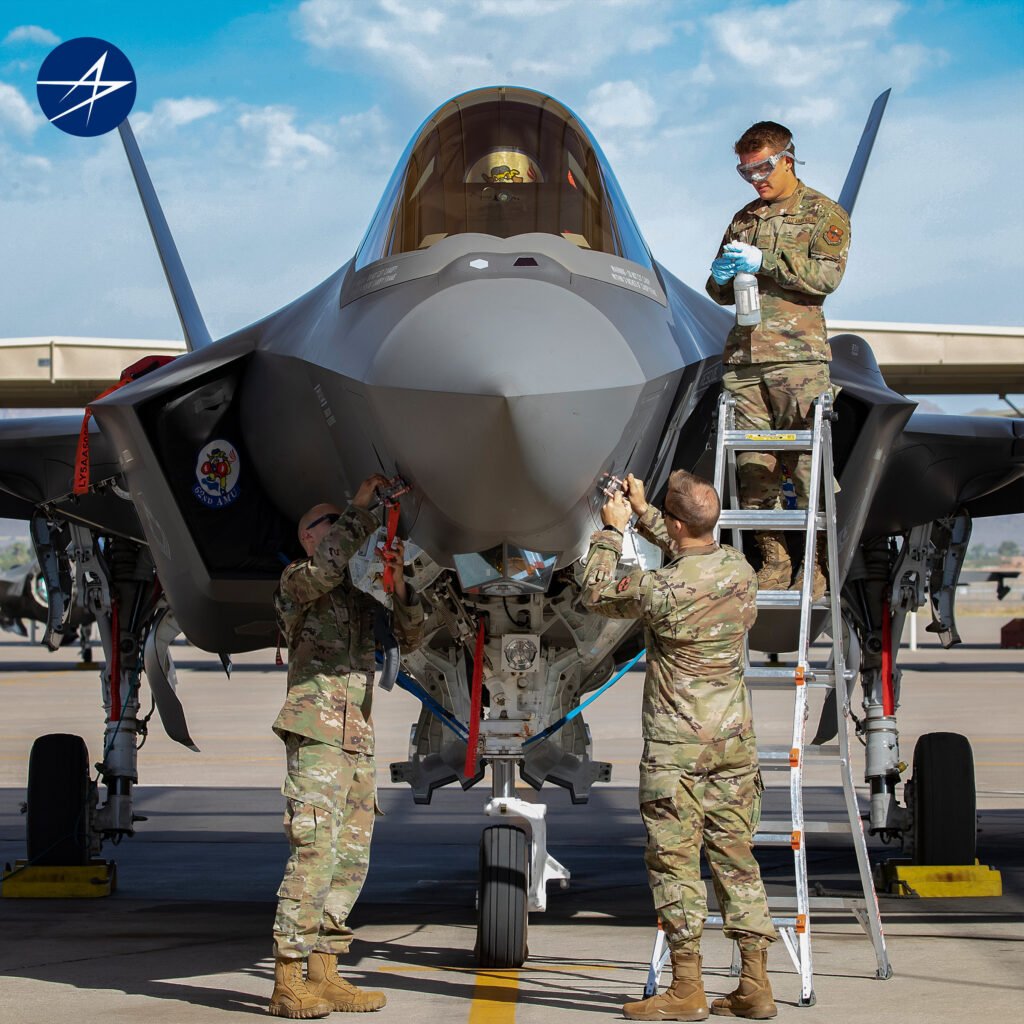Pentagon and Lockheed Martin Agree To F-35 Sustainment Contracts
FORT WORTH, Texas, Sept. 13, 2021 /PRNewswire/ -- The F-35 Joint Program Office awarded the Lockheed Martin (NYSE: LMT) industry team annualized contracts covering fiscal years 2021-2023 to support operations and sustainment of the global F-35 fleet, supporting mission…



